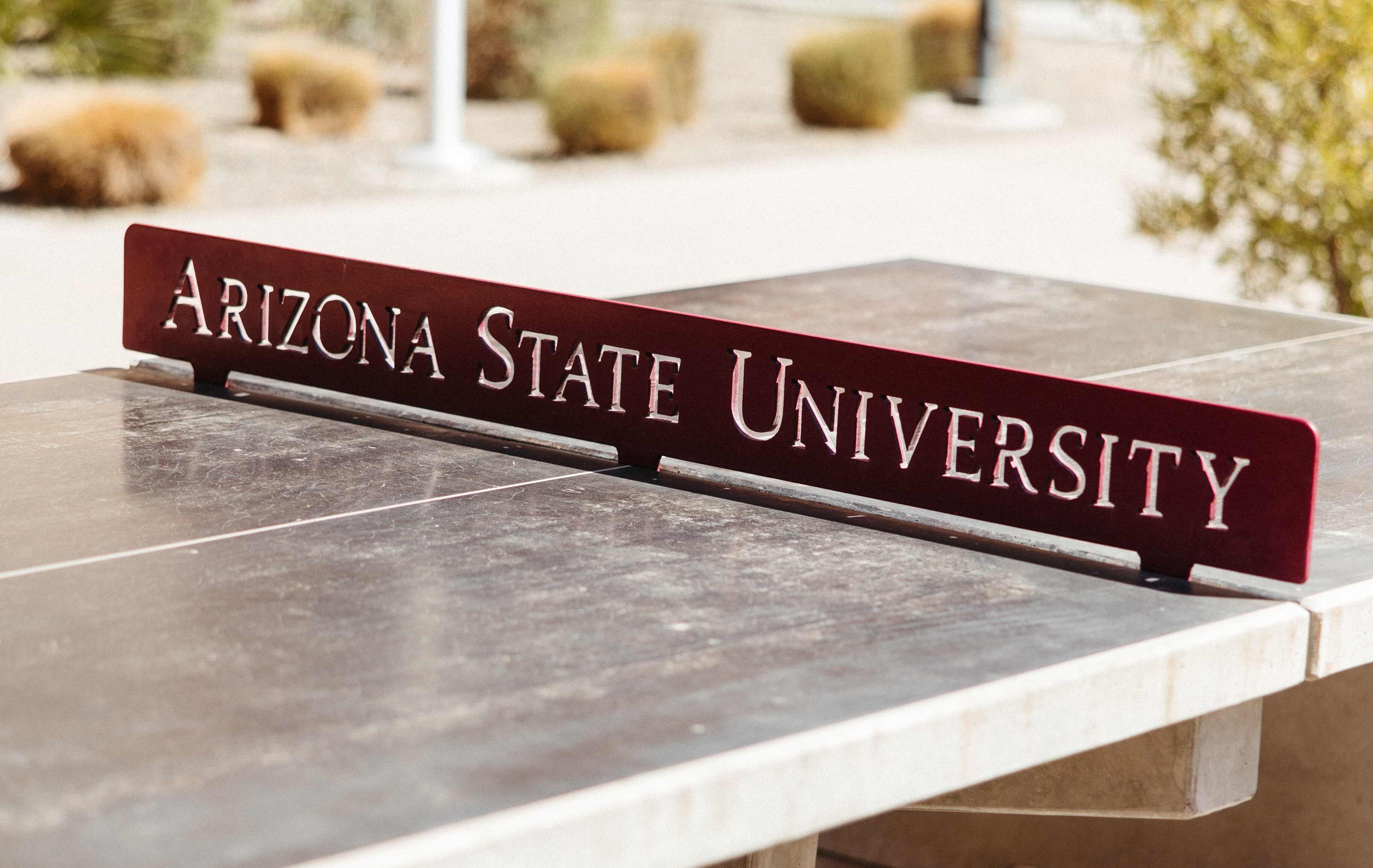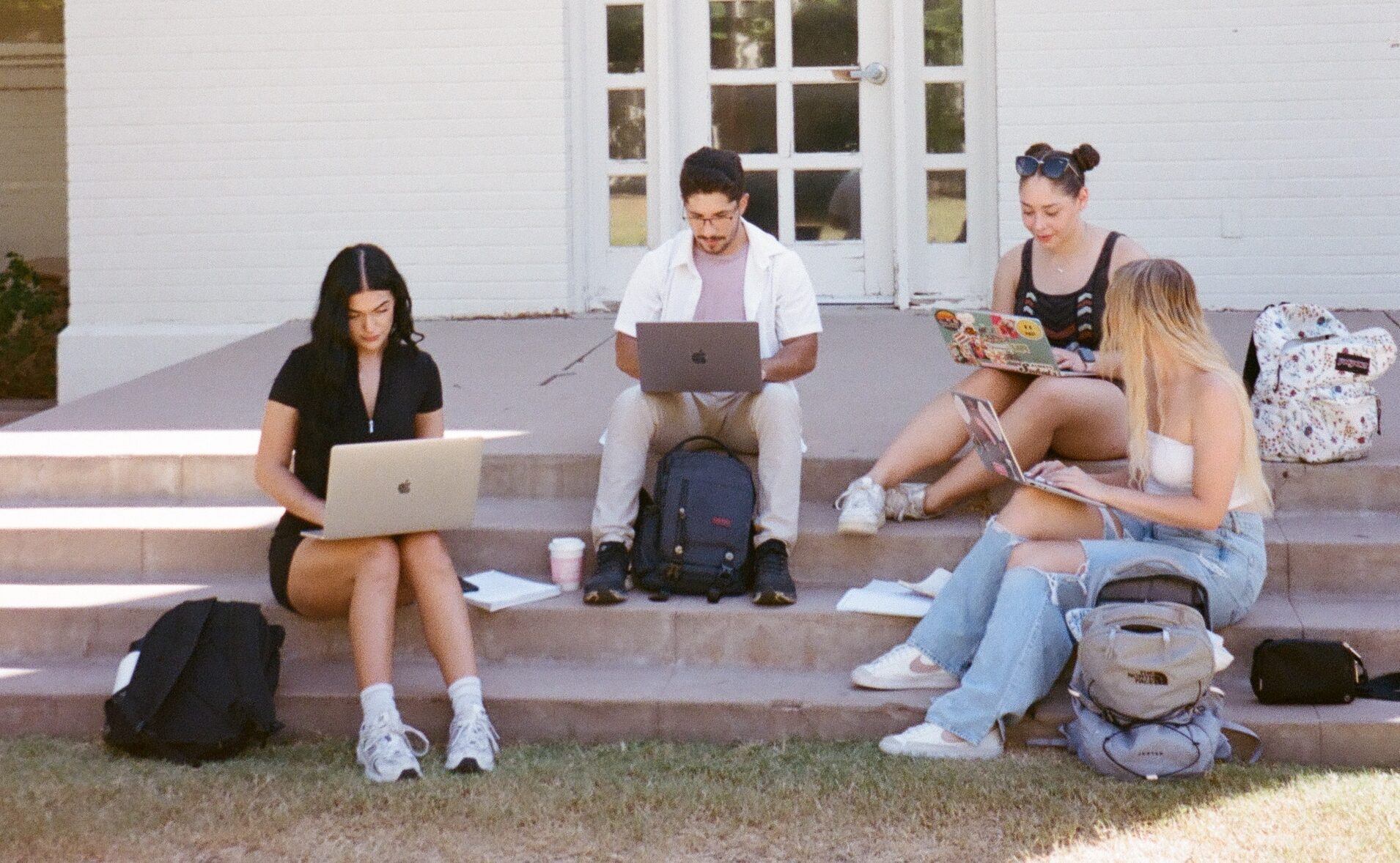So, you’ve discovered your ideal apartment and you’re ready to seal the deal. After filling out your application and receiving approval, the next step is signing your lease!
At Rambler Tempe, we’ve assisted many students in securing leases for their housing apartments and recognize that it can be a complex process.
To guide you through the lease signing process, we’ll discuss what a student housing lease entails, key considerations when signing, and additional important details to keep in mind.

In this article, we’ll cover:
- What is an individual lease
- Important things to look out for when preparing to sign a lease
- How to sign an individual lease
How to Sign a Lease at a Student Apartment Near ASU

Step 1: Understanding Your Lease
Let’s start by defining what a lease actually is.
A lease is a legally binding contract that outlines the terms and conditions of a rental agreement between a tenant and a landlord, clearly detailing the responsibilities of each party. This document includes essential information, such as the rental cost and the duration of the agreement.
When it comes to off-campus student housing near ASU, individual leases are standard. Also known as a “by-the-bedroom lease,” this type of lease ensures that the tenant (and their guarantor) is responsible only for their bedroom and any shared common areas. Unlike traditional lease arrangements, roommates under an individual lease pay their rent separately, with each person accountable only for their designated space and corresponding rent.
For example, when signing an individual lease for a 3×3 unit (three bedrooms and three bathrooms), three separate leases are created. Each roommate has their own lease, which specifies their designated bedroom, bathroom and access to shared living spaces. Each tenant is responsible for paying only their portion of the rent.
Rental rates can vary between roommates based on factors like the size of the room, whether the bedroom has windows, and other specific features. This setup provides clarity and fairness, ensuring that everyone is only accountable for their individual obligations.
Read Next: 5 Benefits of Signing an Individual Lease as a Student in Tempe
Step 2: Reviewing Your Lease
Before signing your lease, it’s crucial to know exactly what you’re agreeing to. Here are the top nine things you must review to avoid surprises later.
1. Important dates – Make sure to keep track of important dates, including move-in and move-out days, holidays and lease renewal deadlines. Ensuring these dates align with your schedule will help you stay organized and avoid any potential conflicts.
2. Important fees – Carefully examine your lease for explicit details on expected fees accompanying your rental rate, as well as any additional fees that might apply.
Read Next: 10 Additional Living Costs for Students Renting Apartments Near ASU
3. Rent amount and due date – Check that the rental rate matches your expectations and note the rent due date on your calendar to ensure timely payments and avoid any late fees. Staying organized will help you maintain a smooth rental experience.
4. Renters insurance – Check if renters insurance is mandatory and understand the policy details and associated costs if you choose to get it.
5. Pet policy – If you plan to bring a pet, carefully review the lease for pet policies and fees. Check for any restrictions on animal type, breed or size to ensure your furry friend complies with the community’s guidelines.
6. Length of the lease – While most student apartments have 12-month leases, double check that this is the case before signing, as some properties may offer shorter lease options.
7. Renewing your lease – If you plan to stay beyond your initial lease term, make sure to note the renewal deadline. Meeting this deadline ensures you secure your spot without interruptions or added stress.
8. Breaking your lease – Understand the lease-breaking policy, including fees and notice requirements, for unexpected situations.
9. Subletting – If you plan to sublet or relet, review the lease for allowances and landlord approval requirements.
If any important details are unclear or missing from your lease, reach out to your landlord for clarification to ensure everything is understood before finalizing the agreement.
Step 3: Signing Your Lease!

After carefully reviewing all the terms and conditions of your lease, you’re ready to move forward with the signing process!
If you’re a college student with limited income, you’ll likely need a guarantor—typically a parent or guardian—to co-sign your lease. A guarantor acts as a backup to cover rent if you’re unable to pay. As a result, student apartments typically require a guarantor—often a parent or guardian—to co-sign the lease and take responsibility for any payments the student cannot cover.
To gain approval for signing, both you and your guarantor will need to provide bank statements, pay stubs, and Social Security numbers so the landlord can conduct a credit check.
For more details about guarantors, check out our article What is a Guarantor. To start an application at Rambler Tempe, visit our website. If you have further questions on the leasing process feel free to reach out to our leasing staff. We’re here to help make your student housing experience seamless and enjoyable!



